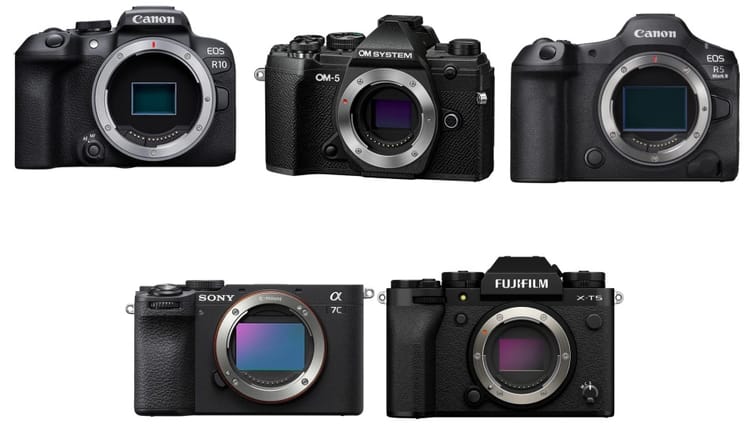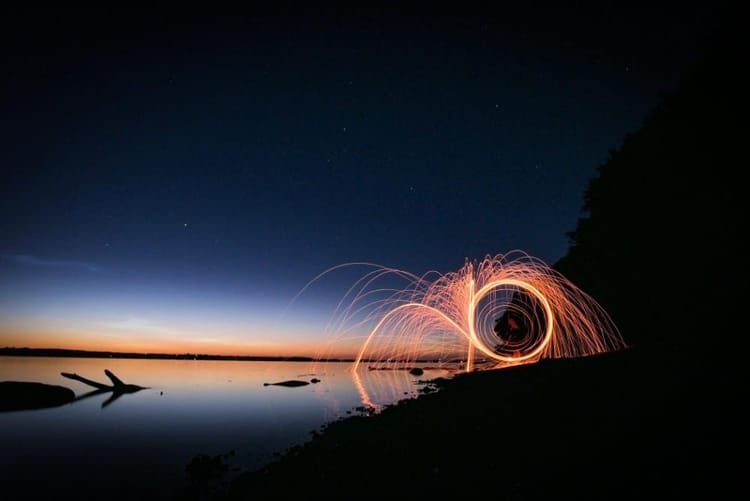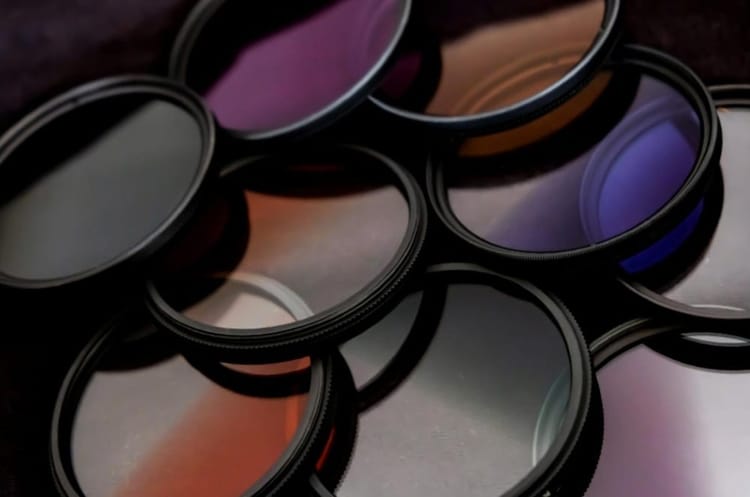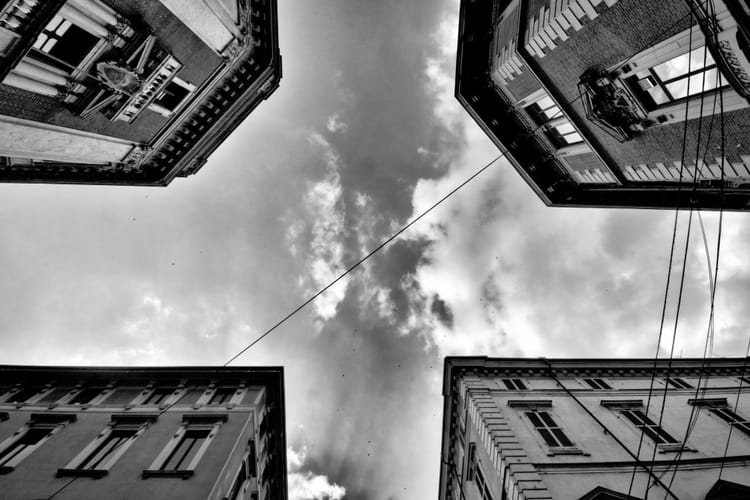Focal Length Examples: Understanding Different Lens Perspectives
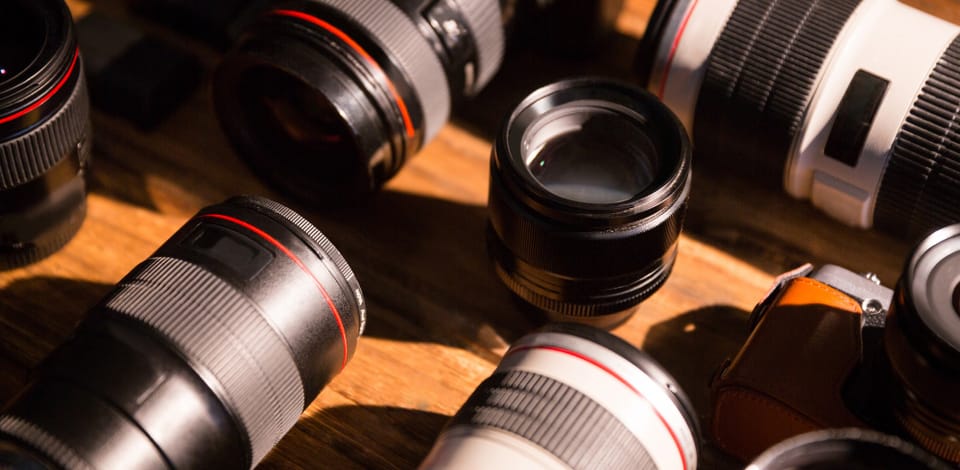
Focal length is one of the most important concepts to understand when using a camera. It's simply the distance between your camera's sensor and the point where light converges in your lens, measured in millimeters. When you change the focal length of your lens, you're changing how wide or narrow your field of view will be in your photographs.
Different focal lengths create different effects in your photos. Wide-angle lenses (with shorter focal lengths like 14mm to 35mm) capture more of the scene and make distant objects appear smaller. Normal lenses (around 50mm) provide a view similar to what you see with your eyes. Telephoto lenses (70mm and above) magnify distant subjects and compress the appearance of space between objects.
Understanding focal length helps you choose the right lens for your photography needs. If you want to capture vast landscapes, you might select a 24mm wide-angle lens. For portrait photography, an 85mm lens can create pleasing results with nice background blur. For wildlife or sports photography, you might need a 200mm lens to bring distant subjects closer into your frame.
Understanding Focal Length
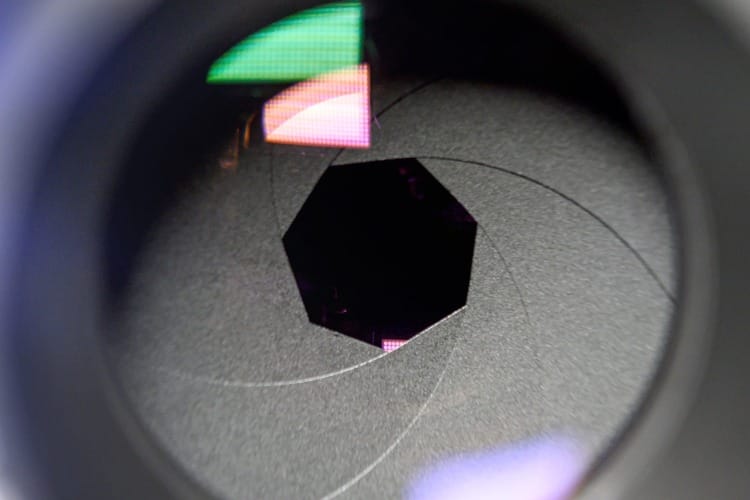
Focal length is a key measurement in photography that affects how you see the world through your camera. This measurement influences everything from the width of your view to how objects appear in relation to each other.
Fundamentals of Focal Length
Focal length is measured in millimeters and represents the distance between the optical center of your lens and the camera sensor. When you see "50mm" on a lens, that's its focal length. This measurement belongs to the lens itself, not the camera body.
Think of focal length as a defining characteristic of your lens, like your height is to you. A 24mm lens will always be 24mm, regardless of which camera you attach it to.
The focal length directly controls how much magnification your lens provides. Shorter focal lengths (like 24mm) show more of the scene but make everything appear smaller. Longer focal lengths (like 200mm) show less of the scene but make distant objects appear closer.
Focal Length and Field of View
The field of view (FOV) is how much of a scene your lens can capture, and focal length directly determines this. Think of it as what you can see through a window - a small window shows less of the outside world.
Wide-angle lenses (8-35mm) offer a broad FOV, capturing expansive landscapes or tight interior spaces. Standard lenses (35-70mm) provide a view similar to human vision, making them versatile for everyday photography.
Telephoto lenses (70mm+) deliver a narrow FOV, perfect for isolating distant subjects. This makes them ideal for wildlife, sports, and portrait photography when you want to keep your distance from the subject.
Your choice of focal length dramatically impacts how much of a scene you can fit in your frame. This decision should match your creative goals for each photo.
Impact on Perspective
Focal length significantly changes how objects appear to relate to each other in your photos. This effect on perspective can dramatically alter the mood and impact of your images.
Wide-angle lenses create perspective distortion, making nearby objects appear larger and more prominent while distant objects look smaller and further away. This can lead to the "big nose effect" in portraits taken too close with wide lenses.
Telephoto lenses compress perspective, making distant objects appear closer to each other than they actually are. This flattening effect creates a pleasing look for portraits, as it makes facial features appear more proportional.
When selecting a focal length, consider how you want objects to relate to each other in your frame. For natural-looking portraits, 85-135mm is often preferred. For dramatic landscapes with emphasized foregrounds, wider lenses like 16-24mm work well.
Types of Lenses and Their Characteristics
Camera lenses come in various types, each with specific focal lengths and characteristics that affect how they capture images. The focal length determines the angle of view and magnification of your photos.
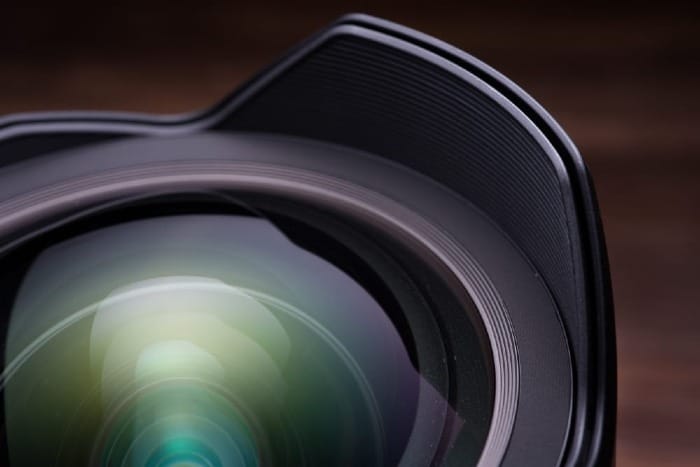
Wide-Angle Lenses
Wide-angle lenses have focal lengths typically less than 35mm on full-frame cameras. They capture a broader field of view than what your eyes naturally see.
Ultra wide-angle lenses (14-24mm) are ideal for landscape photography, architecture, and tight indoor spaces. They let you fit more of the scene into your frame.
Fisheye lenses are extreme wide-angles (8-15mm) that produce distinctive curved distortion. This distortion creates a characteristic "bulging" effect that can be creative for certain styles.
The wider the lens, the more pronounced the perspective distortion becomes. Objects near the edges often appear stretched or exaggerated.
These lenses typically offer maximum apertures between f/2.8 and f/4, though some premium options reach f/1.4 or wider.
Telephoto Lenses

Telephoto lenses have focal lengths longer than 70mm, with most falling between 70-200mm for standard telephotos and 300mm+ for super telephotos.
These lenses magnify distant subjects, making them appear closer. They're essential for wildlife, sports, and portrait photography.
Key characteristics:
- Compressed perspective (objects appear closer together)
- Shallow depth of field (especially at wider apertures)
- Background separation (creates pleasing bokeh)
Telephoto lenses tend to be larger and heavier than other lens types. Their maximum apertures typically range from f/2.8 in premium models to f/5.6 or narrower in more affordable options.
Most feature image stabilization systems to reduce camera shake at longer focal lengths.
Standard Lenses
Standard lenses have focal lengths between 35mm and 55mm on full-frame cameras. They provide a field of view similar to human vision, making photos look natural and familiar.
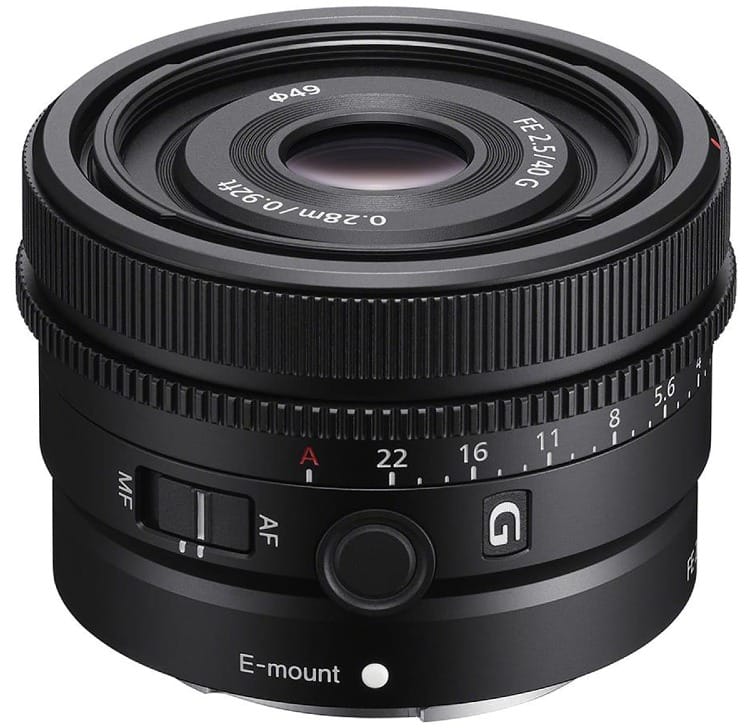
The 50mm focal length is considered the "normal" lens because it closely matches the human perspective. This makes it versatile for everyday photography.
Standard lenses often feature wide maximum apertures (f/1.8, f/1.4, or even f/1.2) at reasonable prices. This makes them excellent in low light conditions and for creating background blur.
These lenses produce minimal distortion compared to other lens types. They're excellent for street photography, environmental portraits, and documentary work.
Prime Lenses
Prime lenses have a fixed focal length and cannot zoom. Common prime focal lengths include 24mm, 35mm, 50mm, 85mm, and 135mm.
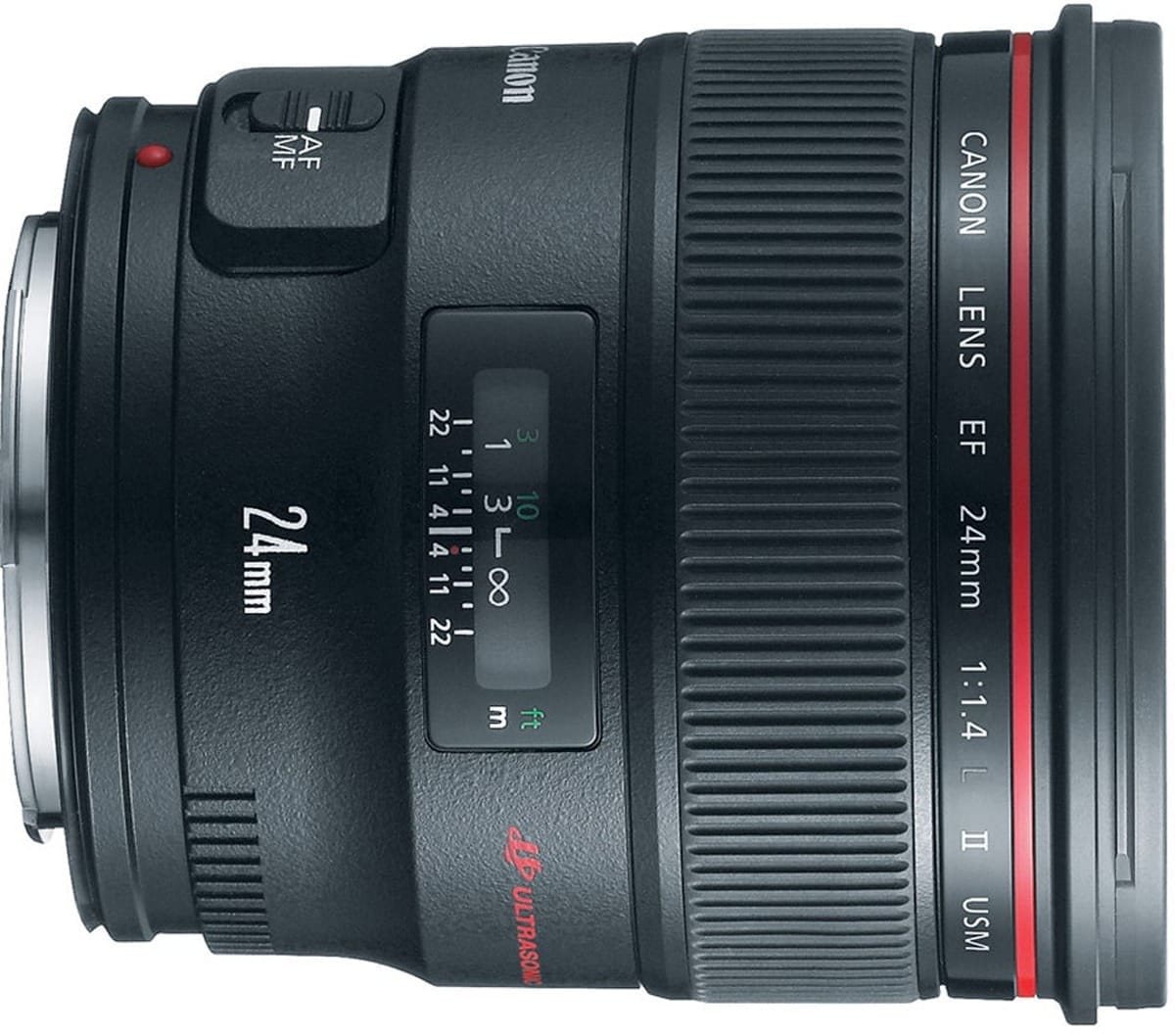
Advantages of prime lenses:
- Generally sharper than zoom lenses
- Wider maximum apertures (often f/1.8, f/1.4, or wider)
- Smaller and lighter than equivalent zoom lenses
- Often less expensive than premium zoom lenses
Prime lenses force you to "zoom with your feet," which can improve your composition skills. They're popular for portrait photography, especially the 85mm and 135mm focal lengths.
Many photographers start with a "nifty fifty" (50mm f/1.8) as their first prime lens due to its affordability and versatility.
Zoom Lenses
Zoom lenses offer variable focal lengths in a single package. Common ranges include 24-70mm, 70-200mm, and 16-35mm.
The main advantage is flexibility—you can quickly recompose without changing lenses. This makes zoom lenses ideal for fast-paced environments like weddings or travel photography.
Most zoom lenses have variable maximum apertures that change as you zoom (like f/3.5-5.6). Premium zoom lenses maintain constant apertures (typically f/2.8 or f/4) throughout their range.
The trade-off for convenience is that zoom lenses are generally:
- Larger and heavier than prime lenses
- Not as sharp as equivalent prime lenses
- More expensive for premium models with constant apertures
Specialty Lenses
Macro lenses allow for extreme close-up photography. They come in various focal lengths, from wide-angle macros (30-60mm) to telephoto macros (90-200mm).
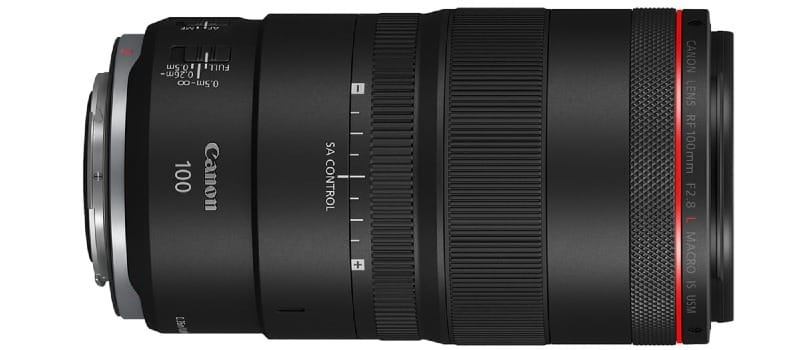
True macro lenses achieve 1:1 magnification, meaning the subject appears life-size on your camera sensor. They're perfect for photographing small subjects like insects, flowers, and product details.
Tilt-shift lenses let you control perspective and focus plane independently. Architects use them to correct converging vertical lines in buildings.
Cine lenses are designed specifically for video work. They feature smooth focus rings, clickless apertures, and consistent size across a lens set.
Specialty wide-angle lenses include perspective control lenses that minimize distortion for architectural photography.
Focal Length in Different Photography Genres
The choice of focal length significantly affects how your photos look and feel. Different photography genres often require specific focal lengths to achieve ideal results.
Landscape Photography

For landscape photography, wide-angle lenses (16-35mm) are popular choices. They capture expansive scenes and create a sense of depth in your images. With these short focal lengths, you can include more of the scenery in your frame.
When photographing grand vistas, a 16-24mm lens helps emphasize the vastness of the landscape. For more balanced landscape compositions, try the 24-35mm range.
Sometimes, a telephoto lens (70-200mm) can be useful for compressing distant elements like mountains. This compression effect makes faraway objects appear closer together, creating dramatic layered compositions.
Recommended focal lengths for landscapes:
- Ultra-wide (14-16mm): For dramatic skies and foreground
- Standard wide (24-35mm): For balanced compositions
- Telephoto (70-200mm): For compressed perspectives and details
Portrait Photography
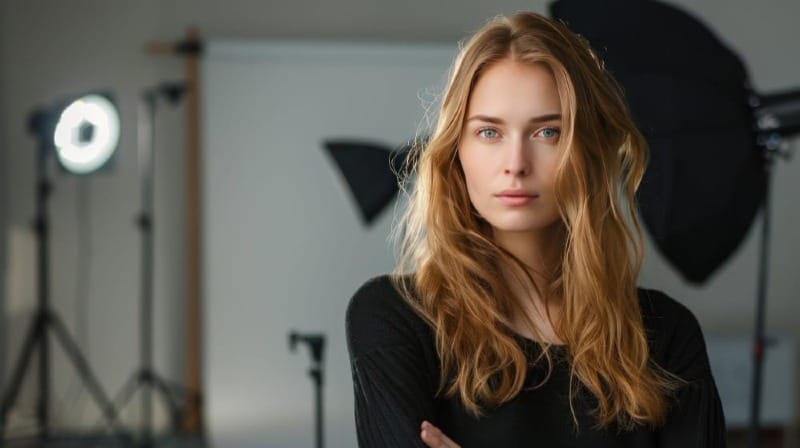
Portrait photography typically benefits from medium to telephoto focal lengths. The 85-135mm range is considered ideal as these focal lengths create pleasing facial proportions and soft background blur.
A 50mm lens works well for environmental portraits where you want to include some surroundings. For tighter headshots, an 85mm or 105mm lens helps flatter facial features while maintaining a comfortable working distance.
Avoid wide-angle lenses (below 35mm) for close-up portraits as they can distort facial features. When using these shorter focal lengths, step back to include more environment in your portrait.
Portrait focal length guide:
- 35-50mm: Environmental portraits
- 85mm: Standard portrait length (flattering, natural)
- 105-135mm: Headshots and compressed backgrounds
Sports and Wildlife Photography
Long focal lengths dominate sports and wildlife photography because they let you capture distant subjects. Telephoto lenses in the 200-600mm range bring faraway action close to your focal point.
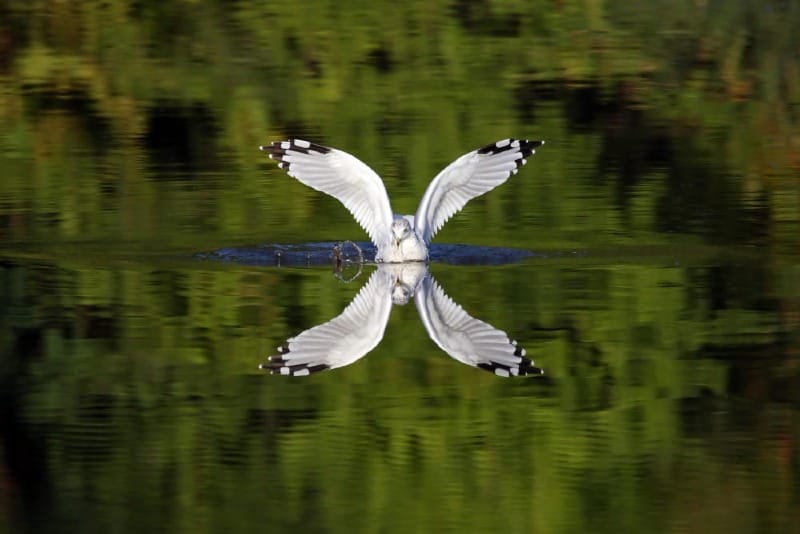
For wildlife, longer is usually better—a 400mm or 600mm lens helps photograph shy animals without disturbing them. The compressed perspective makes subjects stand out dramatically against blurred backgrounds.
Indoor sports might require shorter telephoto lenses (70-200mm) with wider apertures to gather more light. For sideline sports photography, zoom lenses give you the flexibility to capture both wide action and close-up details.
Key telephoto ranges:
- 70-200mm: Indoor sports, closer action
- 300mm: General sports, larger wildlife
- 400-600mm: Distant wildlife, professional sports from press areas
Architectural and Real Estate Photography
Architecture and real estate photography often rely on wide-angle focal lengths to capture entire rooms and buildings. A 16-35mm lens helps show spaces completely when shooting in tight areas.
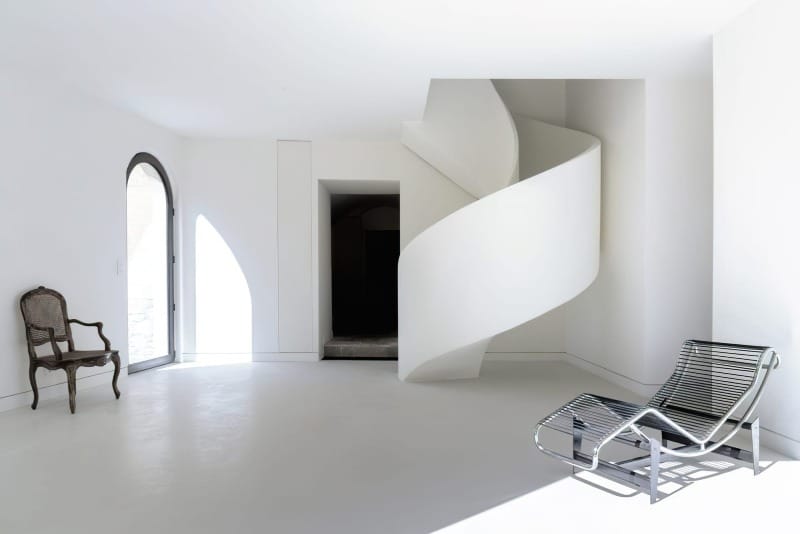
Be careful with ultra-wide lenses (below 20mm) as they can create distortion. This stretching effect might make straight lines appear curved, especially near the edges of your frame.
For exterior architectural photography, a medium focal length (24-50mm) often provides more natural proportions. Telephoto lenses can isolate interesting architectural details or compress building elements for creative compositions.
Architectural focal length selection:
- 16-24mm: Interior spaces, tight spots
- 24-35mm: Balanced architectural views
- 50-85mm: Detail shots and exterior compositions
Street Photography
Street photographers typically work with discrete, versatile focal lengths. The 35-50mm range closely matches human vision, creating natural-looking images that feel authentic.
A 35mm lens gives you enough width to capture environmental context while still focusing on your main subject. This focal length allows you to work relatively close to people without distorting proportions.
Some street photographers prefer a slightly longer 50mm lens for its subtle compression and ability to isolate subjects from busier backgrounds. For candid portraits on the street, an 85mm lens lets you maintain more distance from subjects.
Street photography focal lengths:
- 28mm: Environmental street scenes (includes more context)
- 35mm: Classic street photography focal length
- 50mm: Balanced perspective for urban environments
Technical Considerations of Focal Length
When working with focal length, several technical factors influence how your images will look and feel. These include how your aperture affects depth of field, how focal length creates magnification and compression effects, and how your camera's sensor size changes the effective focal length.
Aperture and Depth of Field
Focal length works closely with the aperture to determine the depth of field in your photos. With longer focal lengths (like 85mm or 200mm), you'll get a shallower depth of field even at smaller apertures. This means the background blurs more easily.

A 50mm lens at f/2.8 produces notably less background blur than a 135mm lens at the same aperture. This relationship makes telephoto lenses popular for portraits where you want to isolate subjects from backgrounds.
Short focal lengths (wide-angle lenses) naturally produce greater depth of field. This makes them ideal for landscape photography where you want most elements in focus from foreground to background.
Magnification and Compression
Focal length directly affects magnification – how large distant objects appear in your frame. A 200mm lens makes far-away subjects appear much closer than a 24mm lens would.
Longer focal lengths also create compression, where objects at different distances appear closer together. This compression effect flattens perspective, making background elements seem larger relative to foreground subjects.
For portraits, the compression from an 85-135mm lens often produces flattering results by slightly flattening facial features. Wide-angle lenses (below 35mm) do the opposite – they expand perspective, potentially distorting subjects closest to the lens.
Crop Factor and Effective Focal Length
Not all camera sensors are the same size, and this affects how focal length behaves. Full-frame cameras use the standard 35mm film dimensions as reference.
When using the same lens on an APS-C camera (common in many DSLRs), you must multiply the focal length by the crop factor (typically 1.5x or 1.6x) to determine the effective focal length.
For example, a 50mm lens on an APS-C camera with a 1.5x crop factor gives you an effective focal length of 75mm. This means your field of view narrows, as if using a longer lens.
This crop factor can be beneficial when shooting distant subjects, as it effectively extends your reach. A 200mm lens on an APS-C camera acts more like a 300mm lens on a full-frame camera.
Choosing the Right Lens for Your Camera
Selecting the right lens involves understanding your camera type, the lighting conditions you'll shoot in, and the visual effects you want to achieve. The perfect lens balances technical requirements with your creative vision.
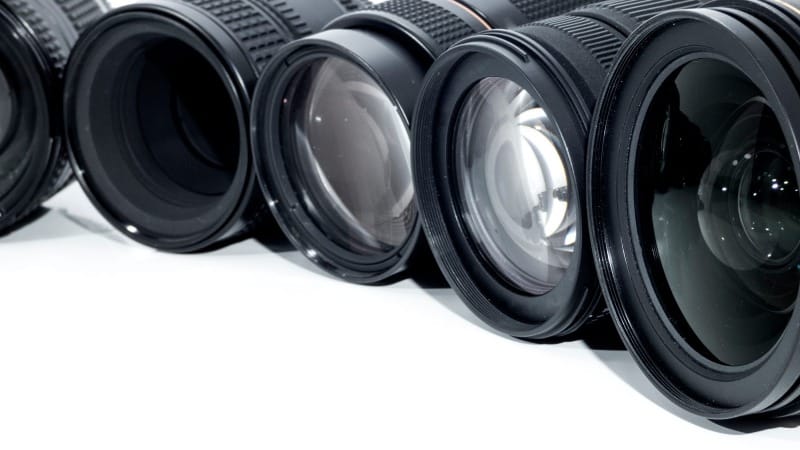
Lens Selection Based on Camera Type
Your camera's sensor size directly affects how focal lengths perform. For cameras with crop sensors, a 50mm lens might have an effective focal length of 75mm due to the 1.5x crop factor. This means you need to adjust your lens choice accordingly.
Full-frame cameras work with all lens types without modification. They show the true focal length as designed.
Mirrorless cameras often have shorter flange distances, allowing for more compact lens designs. Some systems offer special adapters to use lenses from other brands.
When choosing between zoom and prime lenses, consider your shooting style. Zoom lenses offer versatility, while prime lenses typically provide better image quality and wider apertures.
Considering the Lighting Conditions
Low light situations demand lenses with wider apertures (lower f-numbers like f/1.8 or f/1.4). These lenses let in more light, allowing you to shoot in dimmer conditions without raising the ISO or slowing the shutter speed.
Weather-sealed lenses protect against moisture and dust. They're essential for outdoor photographers who shoot in challenging environments.
Lens coatings reduce flare and ghosting when shooting toward light sources. High-quality coatings improve contrast and color accuracy in bright conditions.
For indoor photography, consider shorter focal lengths (24-35mm) that work well in confined spaces. Outdoor photographers might prefer longer focal lengths (70mm+) for landscapes and wildlife.
Analyzing the Desired Bokeh Effect
Bokeh refers to the pleasing, blurred background quality in photos. Lenses with wider apertures (f/1.8 or wider) create more pronounced bokeh effects.
The lens design affects bokeh quality. Lenses with more aperture blades typically create smoother, more circular bokeh shapes.
Longer focal lengths (85mm, 135mm) compress perspective and increase background blur. This makes them ideal for portraits where you want to isolate subjects.
The working distance also matters. To achieve maximum bokeh:
- Position your subject farther from the background
- Move closer to your subject
- Use longer focal lengths
- Select the widest aperture available
Different lens brands produce distinct bokeh characteristics. Some photographers choose lenses specifically for their unique rendering of out-of-focus areas.
Conclusion
Understanding focal length is key to getting the photos you want. Short focal lengths like 18mm give you wide-angle views. They're perfect for landscapes and group photos.
Long focal lengths like 55mm or more narrow your field of view. They're great for portraits and distant subjects.
Experiments show that the lens equation accurately predicts how images form. By measuring object and image distances, you can calculate a lens's focal length.
For convex lenses, the focal length stays constant regardless of object position. This important property allows cameras to work reliably.
When choosing a lens, consider what you want to capture. Wide-angle lenses let you fit more in the frame. Telephoto lenses bring far objects closer.
Remember that focal length affects not just what fits in your frame but also how depth and perspective appear in your photos. The right focal length can make the difference between an ordinary photo and a remarkable one.

